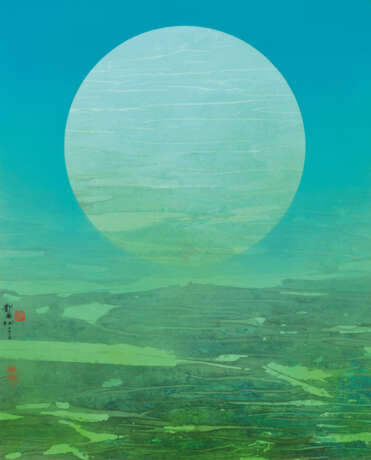ID 770020
Lot 1077 | LIU KUO-SUNG (LIU GUOSONG, B. 1932)
Estimate value
HKD 500 000 – 700 000
| Artist: | Liu Kuo-sung (1932) |
|---|
| Artist: | Liu Kuo-sung (1932) |
|---|
| Address of auction |
CHRISTIE'S 18 Chater Road Central Hong Kong Hong Kong | ||||||||||||||
|---|---|---|---|---|---|---|---|---|---|---|---|---|---|---|---|
| Preview |
| ||||||||||||||
| Phone | +85227601766 | ||||||||||||||
| Fax | +852 2760 1767 | ||||||||||||||
| Conditions of purchase | Conditions of purchase | ||||||||||||||
| Business hours | Business hours
|











